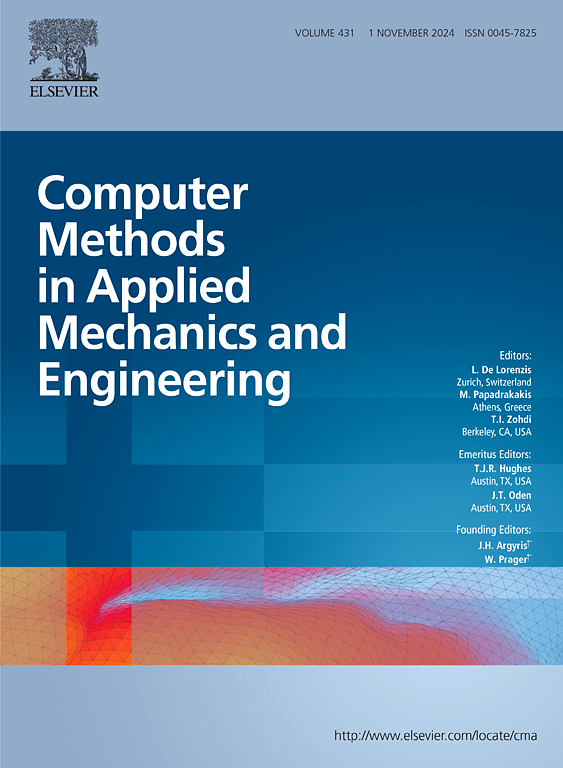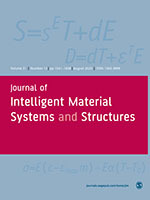All-In-One Structure-Control Topology Synthesis
The methods discussed in Minimum Energy Adaptive Structures do not include the structural topology as part of the design variables. When designing a combined system of structural elements and actuators, optimizing the structural layout first and then separately optimizing the actuator placement generally does not lead to a globally optimal solution. Topology optimization typically begins with a ground structure or initial domain and involves the elimination of elements. This can be done using a discrete 0-1 representation of the element topology or with continuous variables (ranging from 0-1) through a penalization method such as Solid Isotropic Material with Penalization (SIMP). Topology optimization has been successfully implemented to achieve optimal designs for passive structures. However, it has received significantly less attention in the design of adaptive structures.
Due to the mixed-integer, nonlinear and nonconvex nature of the combined structural topology and actuator placement optimization problem, existing methods cannot evaluate the solution quality. This work introduces the first-ever formulation for the All-In-One topology optimization of adaptive structures. This formulation enables a simultaneous synthesis of the structural topology and the actuator placement in a single problem statement producing global optimum solutions. The objective function includes the mass of both structural elements and actuators. Design variables encompass the topology of structural members, the placement of actuators, and the cross-section al areas of elements. State variables comprise element forces and deformations, nodal displacements, and actuator commands. Constraint functions ensure that feasible solutions meet equilibrium and geometric compatibility requirements, as well as limits on stress, stability, nodal displacements, and actuator forces. Auxiliary constraints are formulated to linearize the formulation into a Mixed-Integer Linear Problem (MILP). The solutions produced with this method have an absolute minimum weight comprising the mass of structural and actuation systems. Numerical benchmarks against global optima provide the first-ever formal numerical proof concerning the optimality of adaptive solutions against topology-optimized passive solutions.
The main findings of this work can be generalized in the following corollary:
“Concerning the topology optimization of discrete structures (e.g., pin-jointed truss) adopting the ground structure approach. Under single and symmetrical load configurations, and when buckling constraints are not considered, the ability to reduce strain and displacement response through force-serial actuation yields a global least-weight solution identical to a fully stressed design (i.e., Michell truss) that is obtained by neglecting geometric compatibility and displacement constraints.”
“Considering discrete structures equipped with force-serial linear actuators, the simultaneous optimization of structural topology and actuator placement produce solutions that approach, with the least deterioration, fully stressed designs and, in parallel, satisfy important constraints including displacements and buckling that would not be possible without adaptation.”
Acknowledgments
The following institutions who have provided core funding to support this work: the Institute for Lightweight Structures and Conceptual Design (ILEK) of the University of Stuttgart; the German Research Foundation (DFG) through the Collaborative Research Center CRC1244 “Adaptive Skins and Structures for the Built Environment of Tomorrow” (Grant No. 279064222); the European Union’s Horizon 2020 research and innovation program through the Marie Skłodowska-Curie fellowship (Grant agreement No. 899987), and National Natural Science Foundation of China (Grant No. 52108182).
Publications
Related Projects
Minimum Energy Adaptive Structures
Structural Adaptation through Shape Morphing
Vibration Control through Variable Stiffness and Damping Structural Components











